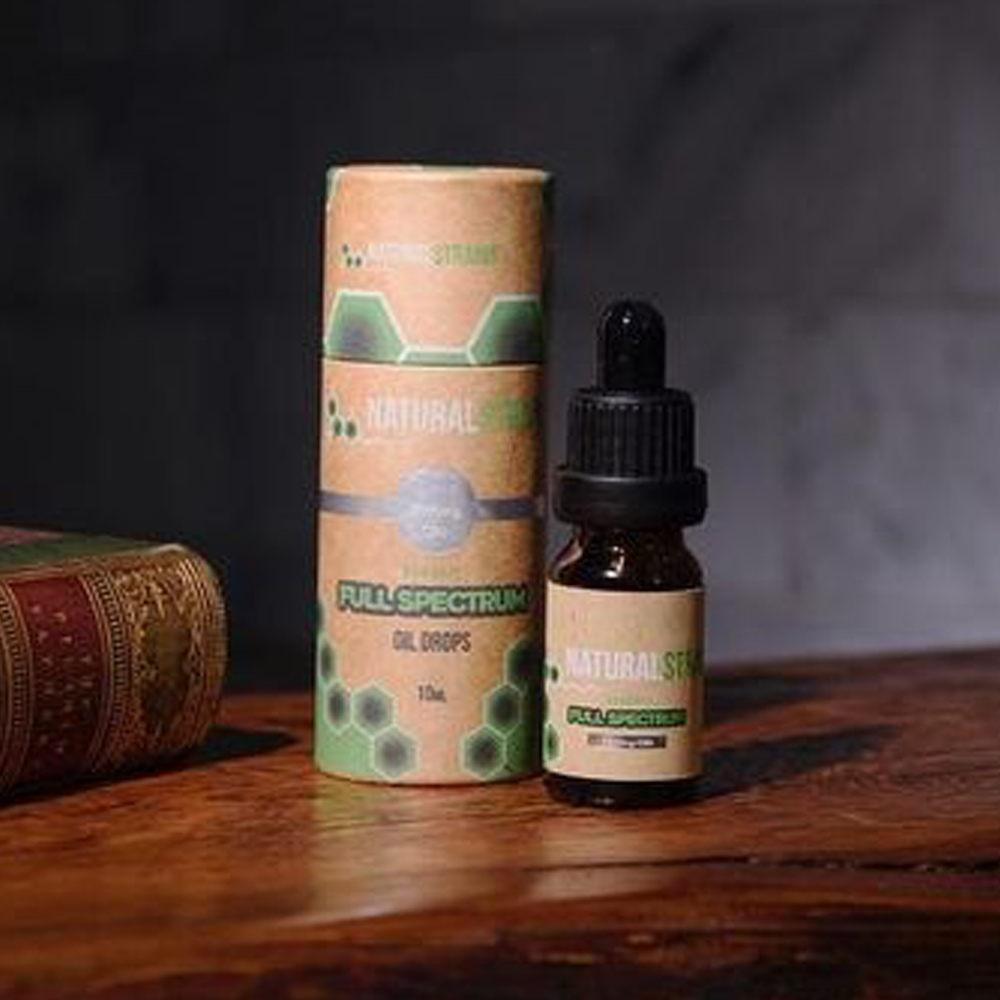How to Assess the Eco-Friendliness of Paper Tube Packaging
Introduction
In the contemporary landscape, heightened environmental consciousness and ethical considerations have prompted an increasing number of brands to shift towards eco-friendly practices, particularly in the realm of packaging. The choice of paper tube packaging materials plays a pivotal role in showcasing a brand's commitment to environmental stewardship and responsibility. This shift not only contributes to the protection of the environment but also establishes a brand image that resonates positively with consumers. In this article, we delve into an exhaustive exploration of the various aspects to consider when assessing the eco-friendliness of paper tube packaging.
1. Recyclability of Packaging Materials
As we navigate the diverse array of packaging boxes available in the market, it becomes imperative to discern the composition of these materials. Most packaging boxes are crafted from paper and plastic materials. The key to assessing their impact on the environment lies in understanding their recyclability. Materials such as paper, glass, and metal are known for their recyclability. Glass and metal packaging boxes usually have simpler components. However, the malleability of paper packaging boxes often leads to the incorporation of additional decorative elements, such as ribbons and handles. It is crucial to ensure that these decorative components are easily removable if they are not recyclable.
2. Biodegradability of the Packaging
The concept of biodegradability involves the breakdown, enzymatic decomposition, and cellular phagocytosis of materials by living organisms like bacteria and fungi. Materials like paper and cotton, commonly used in packaging, are composed of substances that naturally decompose within a few weeks. In contrast, traditional plastics may take hundreds of years to decompose naturally. However, the challenge arises when paper packaging boxes incorporate plastic materials. The use of biodegradable plastics offers a potential solution, ensuring that the packaging materials break down into environmentally harmless elements.
3. Compostability of the Packaging
Composting, a biochemical process, utilizes naturally occurring microorganisms to convert degradable organic matter in solid waste into stable humus. While similar to biodegradation, not all biodegradable materials can undergo composting. For example, degradable plastics break down into environmentally harmless elements but are not suitable for composting. Understanding this nuance is crucial when evaluating the overall eco-friendliness of paper tube packaging.
4. Eco-Friendly Inks in Printing
The role of printing in packaging is undeniable, and the inks used in the process can significantly impact the environment. Traditional printing inks often contain heavy metals like lead and mercury, along with the release of harmful gases during the drying process. Soybean ink emerges as an eco-friendly alternative, predominantly composed of soybean oil. Beyond its environmental friendliness, soybean ink boasts superior color quality compared to conventional inks, adding an extra layer of appeal to eco-conscious consumers.
As we assess the eco-friendliness of paper tube packaging, it becomes evident that a comprehensive approach is essential. Considering the recyclability, biodegradability, compostability, and the use of eco-friendly inks provides a holistic framework for evaluating the sustainability of packaging materials. Brands adopting such practices not only contribute to environmental conservation but also position themselves as responsible and ethical entities in the eyes of consumers.
In conclusion, the journey towards sustainable paper tube packaging is a multifaceted one, requiring a nuanced understanding of materials, processes, and their environmental impact. By embracing eco-friendly practices, brands can not only meet the growing demand for sustainable solutions but also foster a positive brand image that resonates with today's environmentally conscious consumers.
 English
English Español
Español Português
Português Pусский
Pусский Français
Français Deutsch
Deutsch 日本語
日本語 한국어
한국어 Italiano
Italiano عربى
عربى


